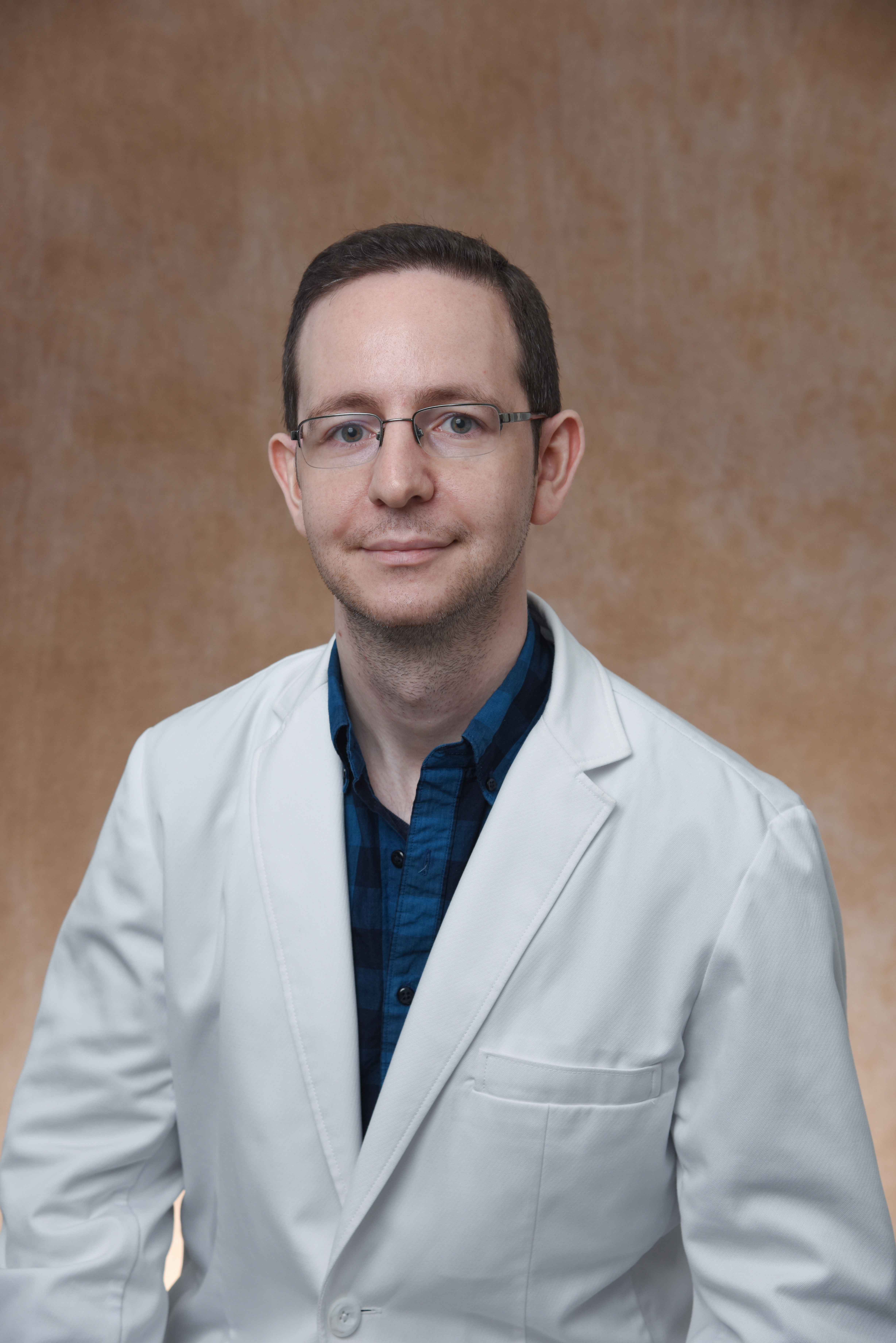
This week’s How I Educate post features Dr. Alex Koyfman, who serves as core faculty at UT Southwestern in Dallas, TX. Dr. Koyfman spends approximately 90% of his shifts with learners, including emergency medicine residents, off-service residents, medical students, and physician assistants. He works clinically at Parkland Memorial Hospital which is the busiest urban ED in the country. He also spends time in their independent urgent care and ED observation unit, both of which also have a mix of different learners. Below he shares with us his approach to teaching learners on shift.
Name 4 words that describe a teaching shift with you.
Autonomy, growth, curiosity, pt advocacy
What delivery methods do use when teaching on shift?
A focused discussion based on the needs of the learner and what is high-yield in our environment.
What learning theory best describes your approach to teaching?
A mixture of multiple which is actually documented in my book The Emergency Medicine Mindset.
What is one thing (if nothing else) that you hope to instill in those you teach?
How do you balance your flow with on-shift teaching? Does this come at the expense of your documentation?
Volume definitely impacts teaching as 1a) patient care, and 1b) education; they feed off of each other. The focus is on impactful clinical documentation for the transition of care, not medicolegal paranoia; it is impractical to achieve excellence in all spheres of practice. We must be thoughtful communicators at the bedside on working diagnoses and degrees of uncertainty. Each piece of information you request, you must account for in the context of the patient.
What is your method for reviewing learners’ notes and how do you provide feedback on documentation?
Do you feel departmental flow and metrics adversely affect teaching? What is your approach to excelling at both?
It can be difficult to sit back and let senior learners struggle what is your approach to not taking over prematurely?
Do you start a teaching shift with certain objectives or develop them as a shift unfolds?
Do you typically see patients before or after they are presented to you?
How do you boost morale amongst learners on shift?
How do you provide learners feedback?
What tips would you give a resident or student to excel on their shift?
Are there any resources you use regularly with learners to educate during a shift?
What are your three favorite topics to teach during a shift?
What techniques do you employ when teaching on shift?
Adapted from best practices here as well as paying attention to my colleagues.
What is your favorite book or article on teaching?
Who are three other educators you’d like to answer these questions?

Read other How I Educate posts for more tips on how to approach on-shift teaching.
Author information
The post How I Educate Series: Alex Koyfman, MD appeared first on ALiEM.

